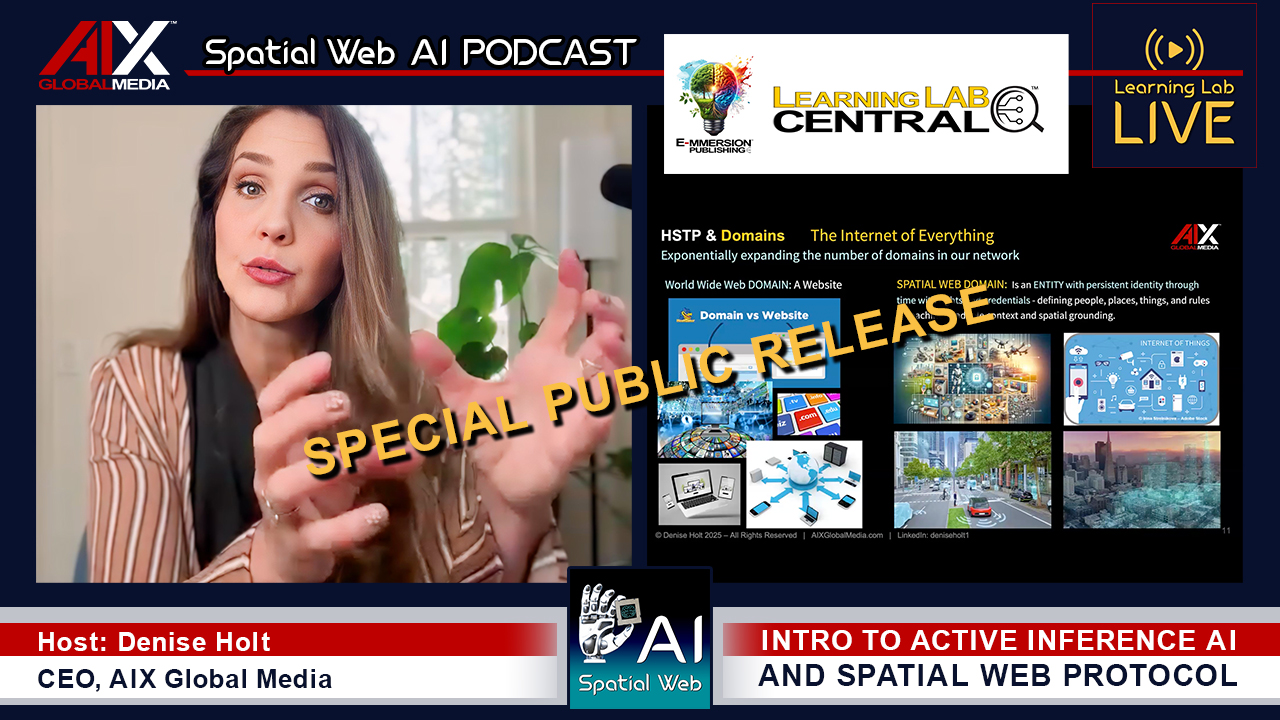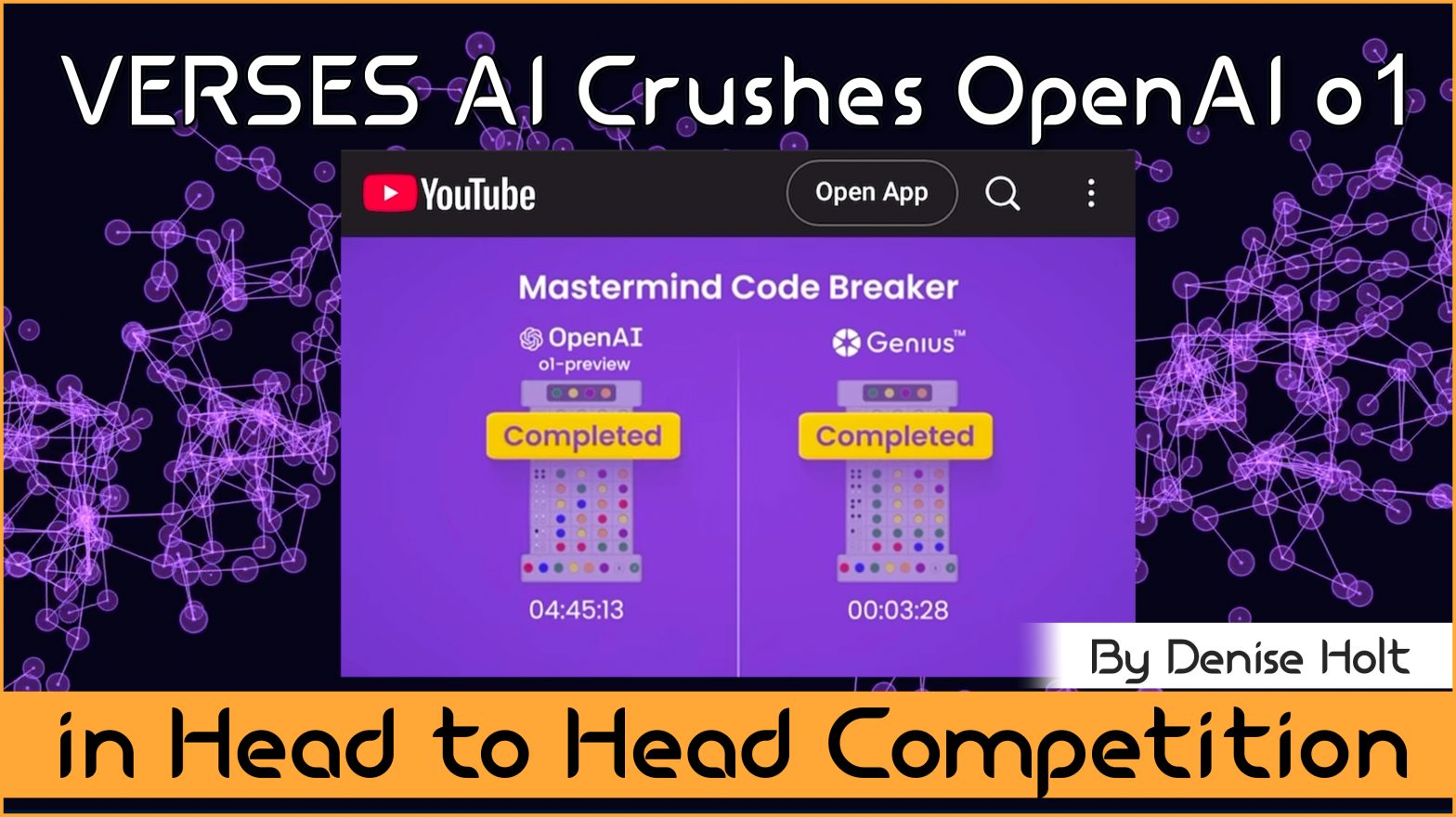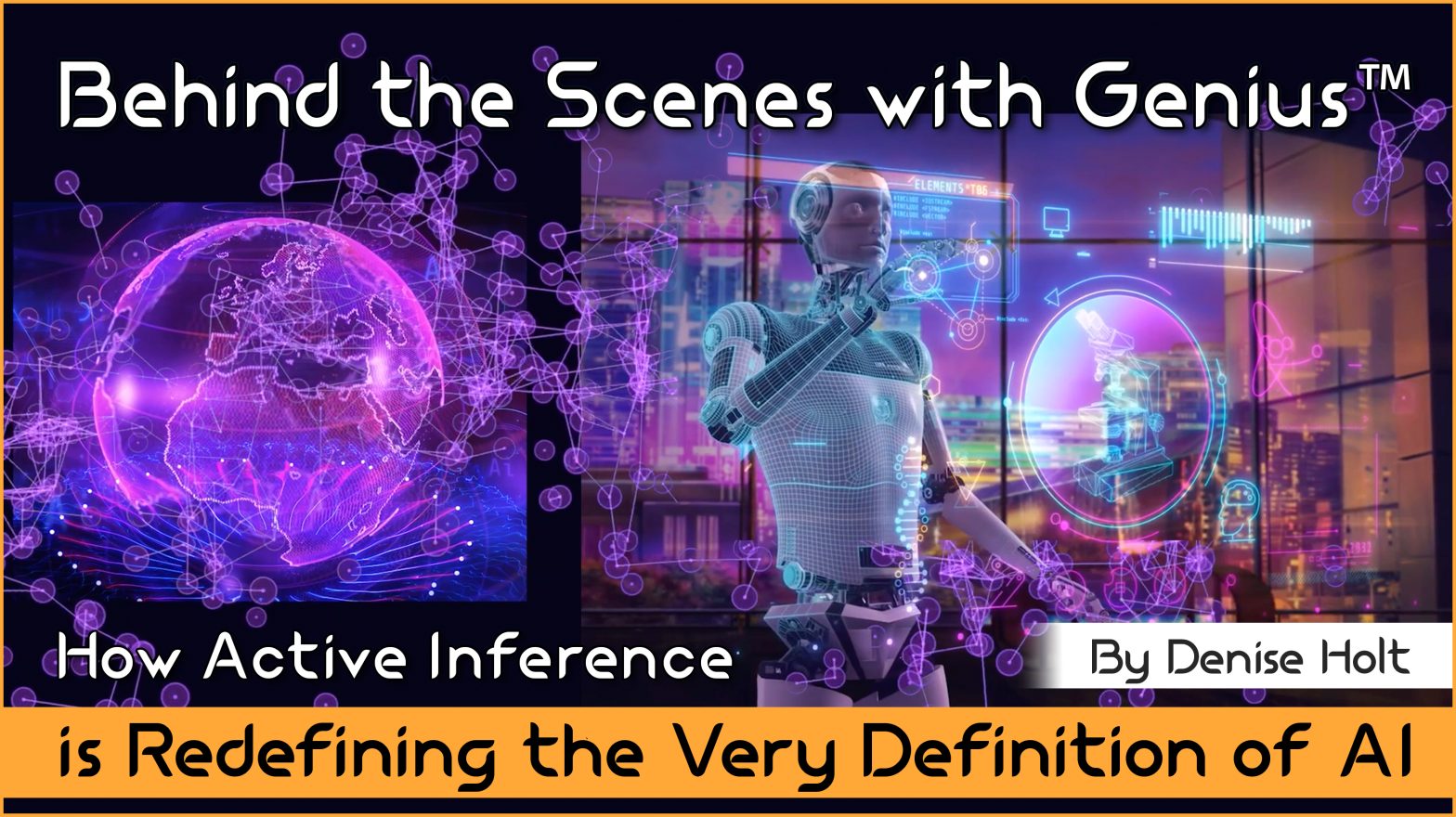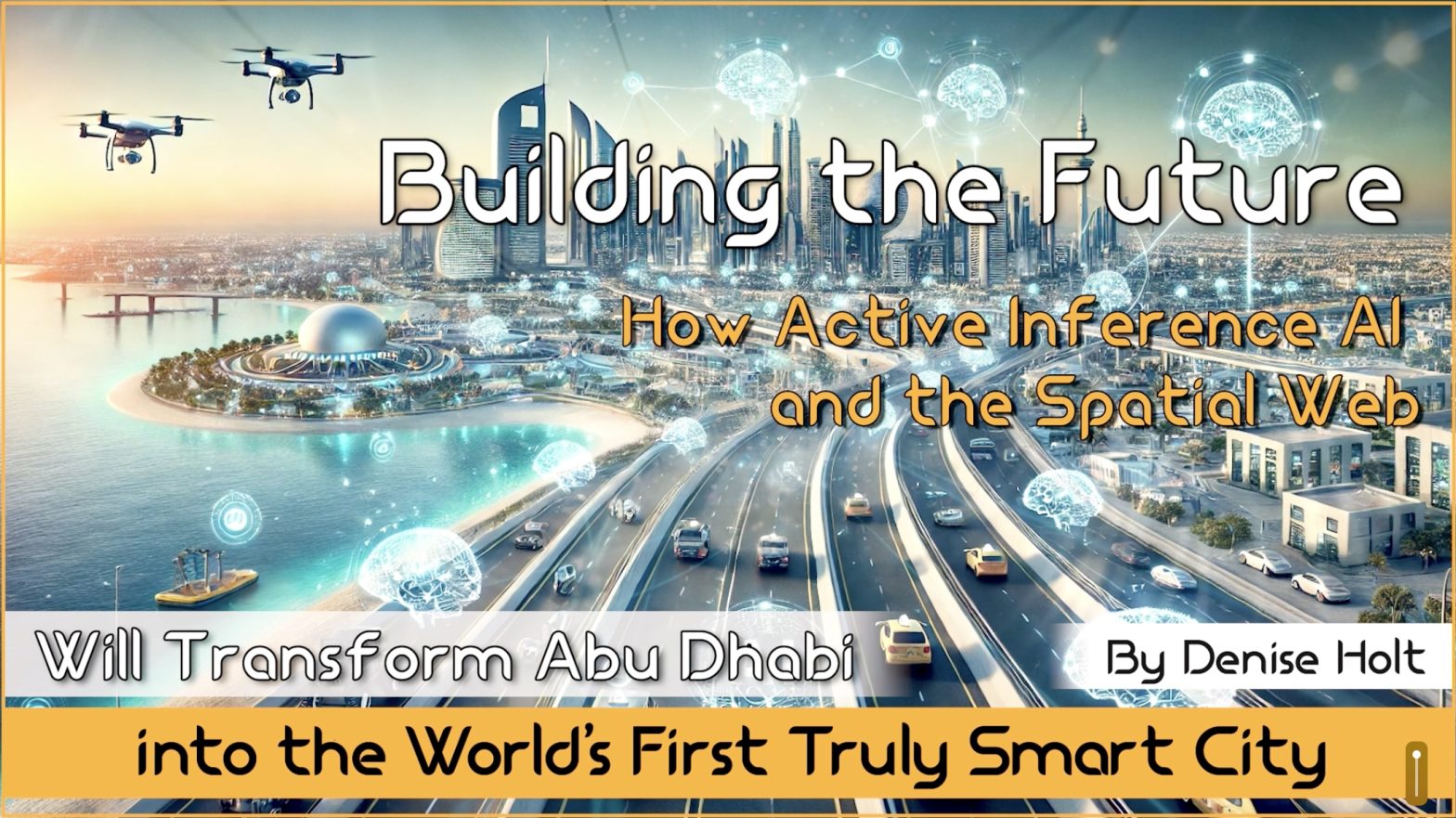The convergence of two groundbreaking technologies is reshaping how we think about AI, automation, and intelligent systems, affecting every industry across the globe. Here’s what you need to know now:
Author: Denise Holt
IEEE 2874–2025 Spatial Web Protocol Ratified — Ushering in a New Era of Interoperable, Agentic Computing
On 29 May 2025, the IEEE Standards Board cast the final vote that transformed P2874 into the official IEEE 2874–2025 Spatial Web Standard – the 3rd foundational internet protocol since the beginning of the internet. Find out what changed, why it matters, and what to expect next.
The Future of Agent Communication: From Protocol Proliferation to Spatial Web Convergence
Explore the future of agent communication protocols like MCP, ACP, A2A, and ANP in the age of the Spatial Web and Active Inference AI. Learn how these protocols serve today’s needs—and why they must evolve or integrate with Spatial Web standards to remain relevant.
Exclusive Inside Look: One-on-One with Cortical Labs’ Chief Scientist - From DishBrain to CL1
Fusing neurons with silicon chips might sound like science fiction, but for Cortical Labs, it represents what’s possible in AI and computing.
Ten Years Later: Katryna Dow Reflects on Data Privacy & Decentralizd Identity
Ten years ago, on March 31, 2015, I interviewed Katryna Dow, CEO and Founder of Meeco, to discuss an emerging concern: personal data privacy. A decade later, Katryna and I reunite to revisit these topics, examining how data privacy, digital identity, and decentralized architectures have dramatically evolved, often validating Katryna’s early concerns.
The Dawn of True AI Agency: Why Active Inference is Surpassing LLMs and Shaping the Future
We stand at a critical juncture in AI that few truly understand. LLMs can automate tasks but lack true agency. AI “agency” represents a fundamental departure from the pattern-matching paradigm of LLMs. It requires systems that can perceive, decide, and act autonomously in an environment while understanding the causal relationships that govern their world.
Active Inference AI – The AI Paradigm Shift Dr David Bray, PhD Wants You to Know About
Dr. David Bray, PhD., one of “24 Americans Changing the World” by Business Insider, shares his insights on the transformative potential of Active Inference AI.
VERSES AI Crushes OpenAI o1 in Head to Head Competition
VERSES AI ‘s New Genius™ Platform Delivers Far More Performance than Open AI’s Most Advanced Model at a Fraction of the Cost.
Behind the Scenes with Genius: How Active Inference is Redefining the Very Definition of AI
Go behind the scenes of Genius —with probabilistic models, explainable and self-organizing AI, able to reason, plan and adapt under uncertainty.
Active Inference AI: The Future of Enterprise Operations and Industry Innovation
By understanding and adopting Active Inference AI, enterprises can overcome the limitations of deep learning models, unlocking smarter, more responsive, and ethically aligned operations.
Building the Future: How Active Inference AI and the Spatial Web Will Transform Abu Dhabi into the World’s First Truly Smart City
The initiative between VERSES AI and Analog in Abu Dhabi isn’t just about technology - it’s about reinventing urban life. By incorporating Active Inference AI, Spatial Web technologies, and RGMs, Abu Dhabi is creating a new standard for cities, one that integrates all aspects of the digital and physical world into a unified, intelligent system.
The Spatial Web: A New Dimension of the Internet & A Tech Awakening for AI
Exclusive interview and presentation with Denise Holt, leading educator for Active Inference AI and Spatial Web technologies. Host – Don Means, Gigabit Libraries Network, in association with IFLA, The Hague, Netherlands
VERSES’ Latest Research Advances Beyond GenAI With RGM Conceptual Modeling …for Better, Faster, and Cheaper AI
“We’re optimistic that RGMs are a strong contender for replacing deep learning, reinforcement learning, and generative AI.” - Hari Thiruvengada, CPO, VERSES AI
The IEEE Approval of the Spatial Web Global Public Standards: A Technological Awakening for AI
VERSES AI is transforming AI, shifting us towards First Principles AI, Embodied AI, and Decentralized AI, distributing AI compute to Edge devices.
The Ultimate Resource Guide for Active Inference AI | 2024 Q2 Update
Updated – Over 150 New Entries for 2024 Q2 – Research papers, articles, videos, who to follow, and more! The Most Complete Repository of Research Links and Educational Content on the VERSES AI Technology & Active Inference AI
This group of leaders came together to to discuss a letter signed by 25 neuroscientists, biologists, physicists, policy makers, AI researchers, entrepreneurs, and directors of research labs on a joint initiative proposing a radical rethinking of AI’s trajectory, advocating for a model of AI that is fundamentally different from the data-intensive, computationally expensive systems that dominate today’s landscape.
Their meeting signifies growing momentum behind a new approach to AI called Active Inference, developed by world renowned neuroscientist, Dr. Karl Friston, Chief Science Officer at VERSES AI, that leads to more transparent, ethical and beneficial intelligent systems.















